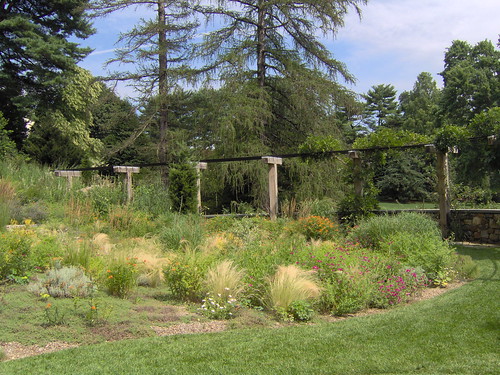
Soil Management for Drought Conditions
Much is said about collecting and conserving water during drought conditions. Careful management of your soil and garden structure can achieve many aims without recourse to extra water.
Increasing your soil’s water holding capacity and reducing the evaporation and consumption of water will make significant management improvements during drought conditions.
Soil Conditioning
- Dig in organic matter which can dramatically increase the soils water holding capacity.
- Mulch heavily – 3-4″ of composted bark or garden compost reduces evaporation and discourages weeds.
- Do not walk on heavy wet soil in winter. This causes compaction damaging the structure and reducing the capacity of the soil to hold water.
- Stop digging or cultivating soil by the end of March. Hoe only the weeds to reduce evaporation.
- Erect barriers to stop valuable dry soil from blowing away
Management of Growing Conditions
- Catch ‘run off’ on slopes by building up a soil damn to keep the water we do get.
- Build a water retaining depression around plants to form a ‘water saucer.’
- Remove weeds promptly as they suck water out of the soil.
- Use fine compost in large pots and baskets with water storage granules
Soil & Crop Selection for Drought Conditions
- Delay new tree and shrub planting until Autumn when more natural water should be available. If watering water at the base of the plant at cool times.
- Choose drought tolerant plants like Mediterranean or arid region varieties.
- Reduce ‘water greedy’ crops & bedding plants like begonia, fuchsia and lobelia to a minimum. Pelargoniums and Livingstone daisies need less water.
- Lawns can be thirsty, keep the grass long to reduce evaporation and do not worry about brown patches.
Credits
Dry garden with arbor by ~My aim is true~ CC BY 2.0

One thought on “Soil Management for Drought Conditions”
Comments are closed.